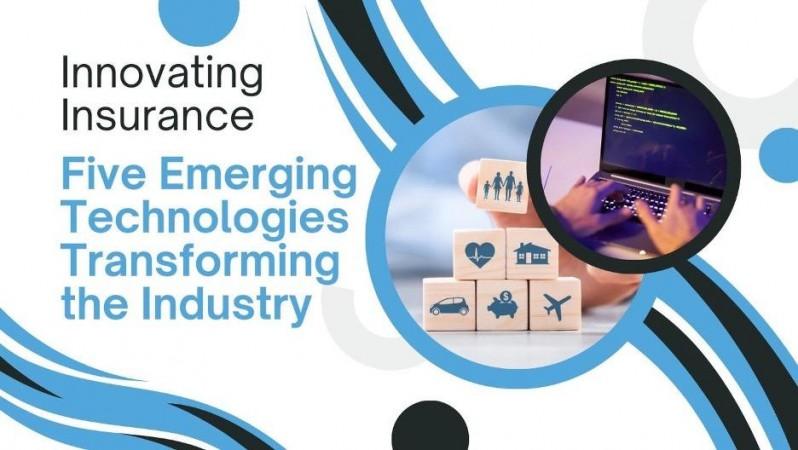
In this digital landscape, Srinivasulu Gunukula explores the impact of key emerging technologies reshaping the insurance industry in his recent article. The piece highlights innovations such as AI, blockchain, RPA, IoT, and edge computing that are set to redefine how insurers operate, enhancing risk assessment, claims processing, and customer engagement.
Artificial Intelligence and Machine Learning: A New Era in Insurance
AI and machine learning are paving the way for unprecedented advancements in insurance. These technologies enable more precise risk assessment by analyzing massive data volumes from various sources, such as social media and IoT devices. As AI algorithms improve, they can identify subtle patterns in claims data, helping detect fraud more effectively and predict customer behavior to reduce churn. Machine learning models also streamline claims processing, allowing insurers to automate tasks such as damage assessment using computer vision and extract information from documents through natural language processing, resulting in quicker payouts and improved customer satisfaction.
Blockchain: Revolutionizing Transparency and Security
Blockchain technology, with its decentralized and immutable nature, promises to bring greater transparency to insurance transactions. It offers secure methods for identity verification and prevents fraud by creating tamper-proof records. By using smart contracts, insurers can automate the claims process, ensuring that payouts occur only when specific conditions are met, which accelerates settlements and reduces administrative costs. Moreover, blockchain enables real-time monitoring and detection of suspicious activities, potentially saving the industry billions annually by reducing fraudulent claims.
Robotic Process Automation: Enhancing Efficiency
Robotic Process Automation (RPA) is another technology gaining traction in the insurance sector. It simplifies routine tasks like data entry and policy administration, resulting in significant operational cost savings. Insurers benefit from RPA's ability to scale operations without additional hiring, making it especially valuable during peak periods. Moreover, RPA reduces the risk of human error in data-intensive processes, improving compliance and data quality. With bots handling mundane tasks, employees can focus on strategic activities, thus enhancing productivity and job satisfaction.
Internet of Things: Data-Driven Insights for Better Coverage
The Internet of Things (IoT) is transforming insurance by providing real-time data to insurers. In auto insurance, telematics devices monitor driving behavior to enable usage-based policies, rewarding safer drivers with lower premiums. Similarly, smart home sensors can detect water leaks or smoke, helping prevent property damage and reduce claims. Wearable technology in health insurance allows for personalized policies based on an individual's health data, encouraging healthier lifestyles and lowering claim costs. The challenge remains to balance data privacy concerns with the potential benefits of these innovations.
Edge Computing: Accelerating Real-Time Decision Making
Edge computing brings data processing closer to the source, reducing latency in insurance operations. It is particularly valuable for IoT applications, where immediate responses can mitigate risks or reduce claim costs. For instance, telematics data can be processed in real-time at the edge, allowing for faster decisions on claims. Similarly, edge computing enables quicker underwriting for straightforward policies by analyzing data locally, thereby speeding up the entire process. As insurers adopt this technology, they gain the ability to manage larger volumes of data without overwhelming central systems.
To conclude, while these technologies bring significant benefits, they also present challenges, such as blockchain's regulatory compliance, RPA's need for process standardization, and IoT's data privacy concerns, making integration into existing insurance systems complex. However, as Srinivasulu Gunukula highlights, the potential to improve efficiency, accuracy, and customer experiences far outweighs these hurdles. Embracing AI, blockchain, RPA, IoT, and edge computing enables insurers to adapt to evolving industry needs, driving a more customer-centric and efficient future. As these innovations mature, they will continue shaping the insurance landscape, providing early adopters with a strong competitive edge.









!['Had denied Housefull franchise as they wanted me to wear a bikini': Tia Bajpai on turning down bold scripts [Exclusive]](https://data1.ibtimes.co.in/en/full/806605/had-denied-housefull-franchise-they-wanted-me-wear-bikini-tia-bajpai-turning-down-bold.png?w=220&h=138)



